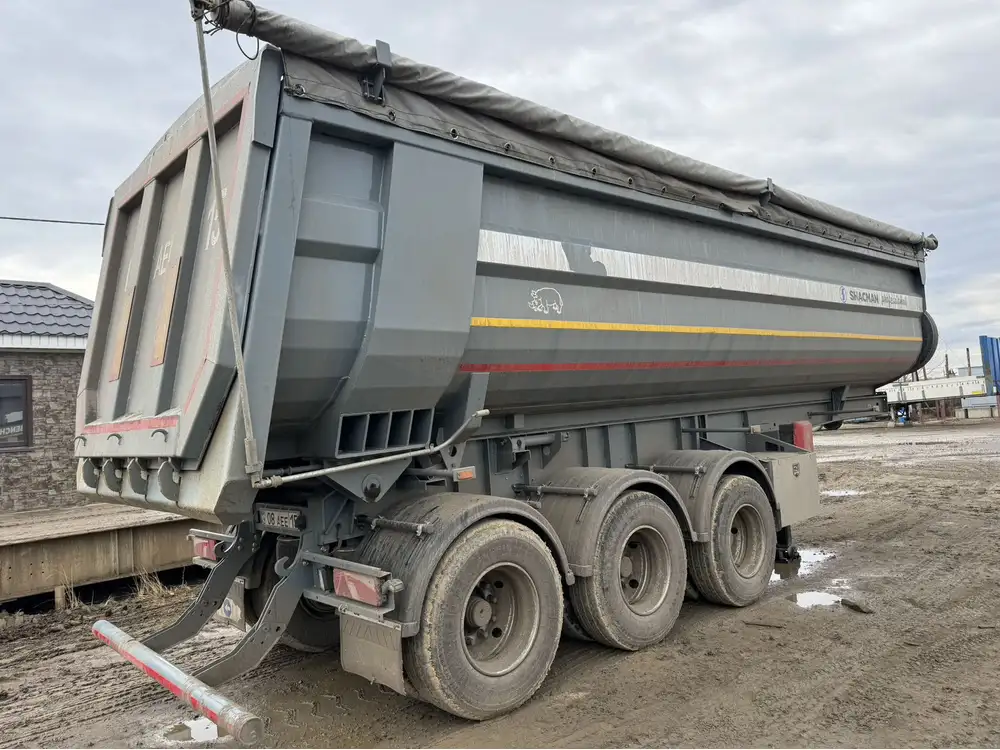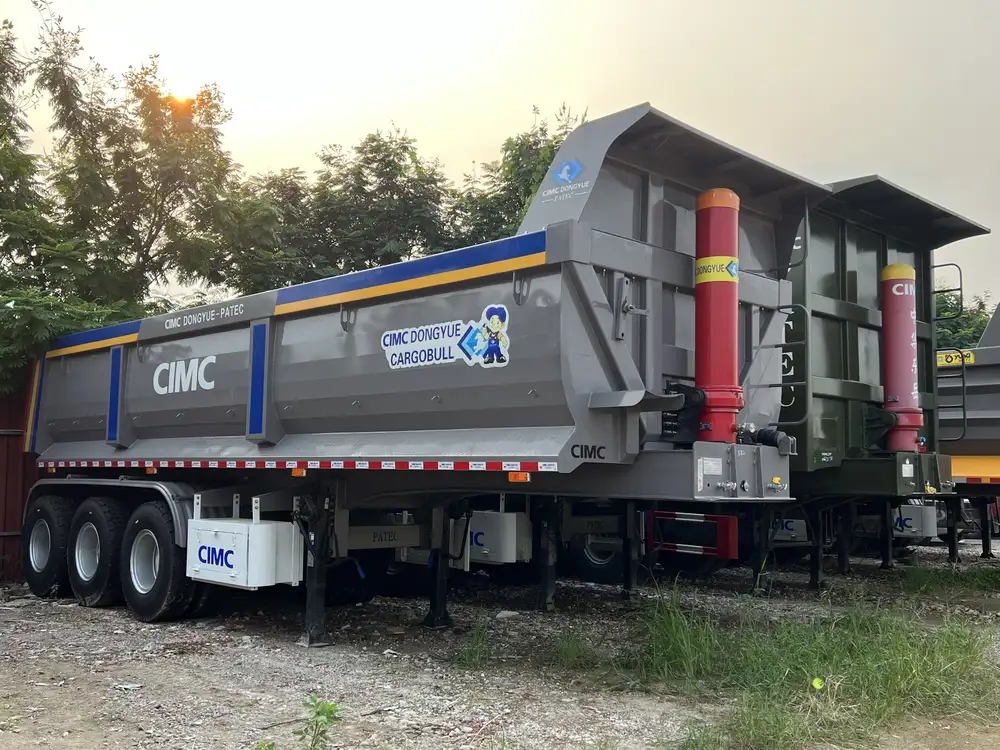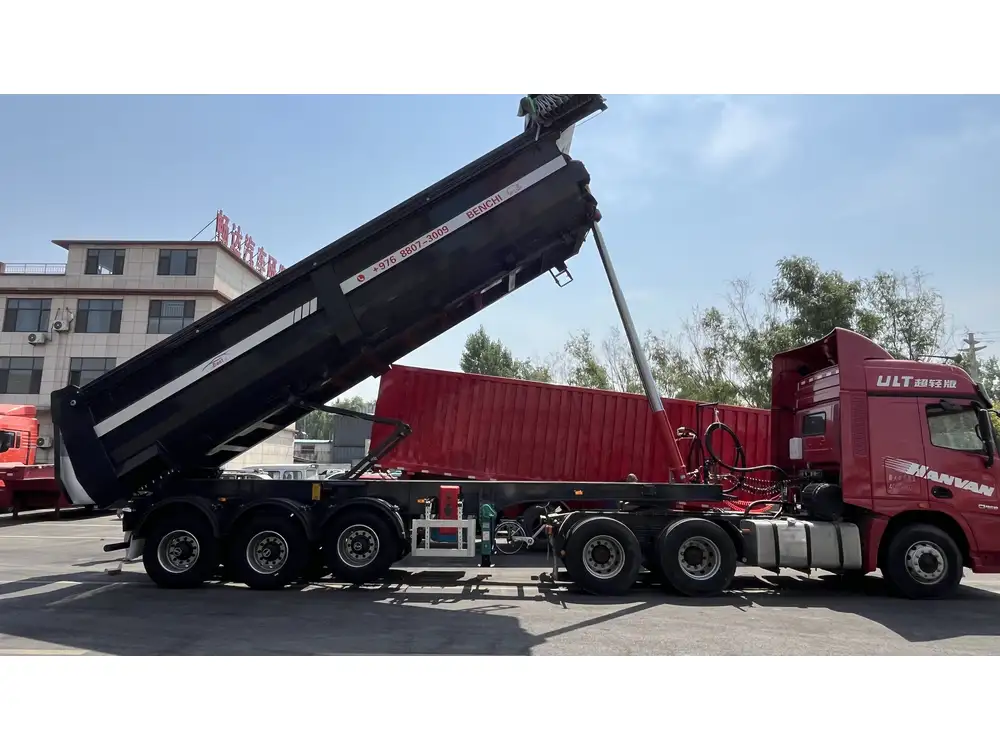Painting a flatbed trailer is not merely about aesthetics; it is a crucial maintenance task that protects the metal from corrosion, extends its lifespan, and enhances its resale value. In this guide, we will delve into the intricacies of how to effectively paint a flatbed trailer, covering everything from preparation to post-painting care with the aim of achieving a professional finish.
Table of Contents
- Understanding the Importance of Painting a Flatbed Trailer
- Necessary Tools and Materials
- Preparing Your Flatbed Trailer for Painting
- Step-by-Step Painting Process
- Post-Painting Maintenance
- Common Mistakes to Avoid
- Conclusion
Understanding the Importance of Painting a Flatbed Trailer
Painting your flatbed trailer serves several vital functions:
- Corrosion Protection: Exposure to weather elements, such as moisture and salt, can lead to rust formation. A good quality paint acts as a barrier, keeping these harmful elements at bay.
- Aesthetic Appeal: A clean, freshly painted trailer makes a good impression. Whether used commercially or personally, a sleek appearance can reflect your commitment to quality.
- Value Enhancement: A well-maintained trailer retains higher market value, making it a wise investment for the future.
- Increased Visibility: In some instances, using bright or reflective paints can improve visibility for safety purposes, especially for trailers frequently traveling at night or in low-light conditions.

Necessary Tools and Materials
Before embarking on the painting process, gather the following tools and materials:
| Tool/Material | Purpose |
|---|---|
| Pressure Washer | For thorough cleaning before painting |
| Sandpaper (80-120 grit) | To prepare the surface by smoothing it out |
| Wire Brush | To remove rust and old paint |
| Paint Primer | Base layer for improved adhesion |
| High-Quality Paint | Topcoat for protection and aesthetics |
| Paint Sprayer or Brush | For application of primer and paint |
| Protective Gear | Gloves, goggles, masks for safety |
| Drop Cloths or Tarps | To protect the ground and your workspace |
Preparing Your Flatbed Trailer for Painting
Preparation is key to achieving a flawless paint job. Follow these steps:
Choose the Right Environment: Select a well-ventilated, sheltered space, preferably indoors or under a large canopy. Avoid windy days that can lead to debris contamination.
Inspect the Trailer: Examine the trailer for any existing damage, rust spots, or areas needing repair. Address these concerns beforehand by patching up holes or filling dents.
Remove Accessories: Detach any unnecessary items like tie-downs, lights, or fenders to create a clean canvas for painting.
Step-by-Step Painting Process

Cleaning the Surface
Begin with a thorough cleaning. Utilize a pressure washer or hose to remove dirt, grease, and grime. Pay special attention to crevices where debris may accumulate. Consider using a degreaser for stubborn stains.
Sanding and Surface Preparation
Once the trailer is clean, it’s time to sand the surface.
- Use sandpaper with a grit of 80-120 for rough surfaces and areas with old paint. This step enhances paint adhesion and creates a smooth surface.
- After sanding, clean the dust and debris with a clean, damp cloth. Let it dry completely before proceeding.
Priming
Priming is an essential phase that should not be overlooked.
- Select the Right Primer: Use a rust-inhibiting primer specifically designed for metal surfaces.
- Application: Apply the primer evenly using a sprayer or brush. Make sure to cover all exposed metal areas, particularly those prone to rust.
- Drying Time: Allow the primer to dry according to the manufacturer’s instructions, typically a few hours.

Choosing the Right Paint
When selecting paint for your flatbed trailer, consider the following factors:
- Type of Paint: Use a high-quality, durable paint designed for metal. Options may include urethane, epoxy, or enamel paint.
- Color Considerations: Bright, reflective colors enhance visibility on the road, while darker colors may better hide dirt and wear.
Application Techniques
After preparing the trailer and selecting the right paint, it’s time for the application.
Stir the Paint: Ensure the paint is evenly mixed before application to avoid color inconsistencies.
Technique:
- Using a paint sprayer provides a smooth, even coat. Maintain a consistent distance from the surface to avoid drips and runs.
- For brush application, use long, even strokes for the best results. Be cautious of brush marks.
Multiple Coats: For optimal coverage, apply multiple thin coats rather than one thick layer, allowing adequate drying time between applications.
Final Inspection: Once the final coat is applied, inspect for any missed spots and address them promptly.
Post-Painting Maintenance
After the paint job is complete, it’s essential to implement a routine maintenance plan to ensure longevity.
- Regular Cleaning: Wash the trailer regularly to remove debris and salt that can lead to corrosion.
- Inspect for Damage: Periodically examine the paint for any signs of chipping or peeling. Address minor issues immediately to prevent further damage.
- Apply Wax: Consider applying automotive wax to protect the paint and enhance shine.

Common Mistakes to Avoid
- Skipping Prep Work: Neglecting cleaning and sanding can lead to poor adhesion and a disappointing finish.
- Using Low-Quality Materials: Investing in subpar paint or primer can result in premature wear and failure.
- Poor Weather Conditions: Extreme heat, cold, or humidity can affect paint application and drying. Check the weather forecast before starting.
- Neglecting Safety Gear: Proper protection should never be ignored when working with chemicals and power tools.
Conclusion
Understanding how to paint a flatbed trailer is essential for manufacturers and fleet managers aiming to maintain their investment while also ensuring safety and aesthetics on the road. From proper surface preparation to careful application and post-maintenance, every step has its significance in delivering a finishing result that stands the test of time.
By following this guide, you can achieve a professional-quality paint job that protects your trailer from the elements, enhances its appearance, and maintains its value for years to come. Regular upkeep, combined with a thorough understanding of the painting process, ensures that your flatbed trailer remains a reliable asset in your operations.



